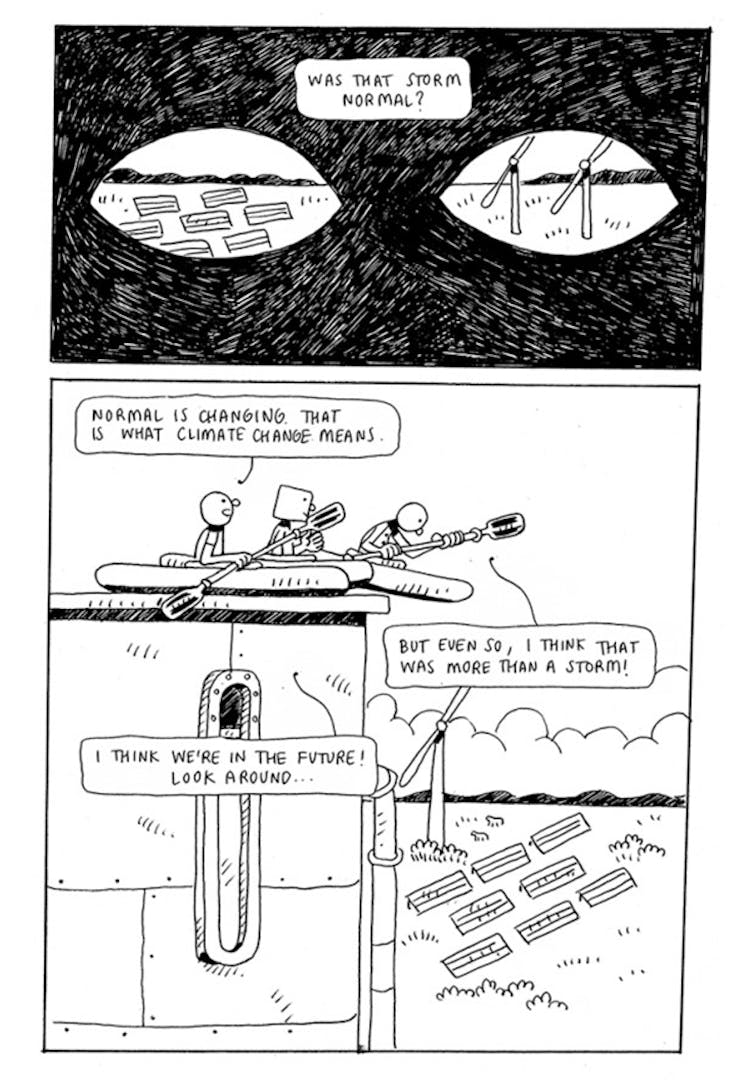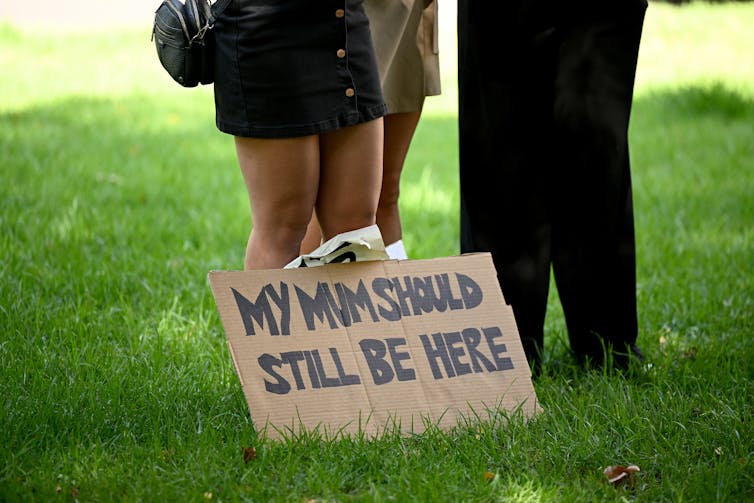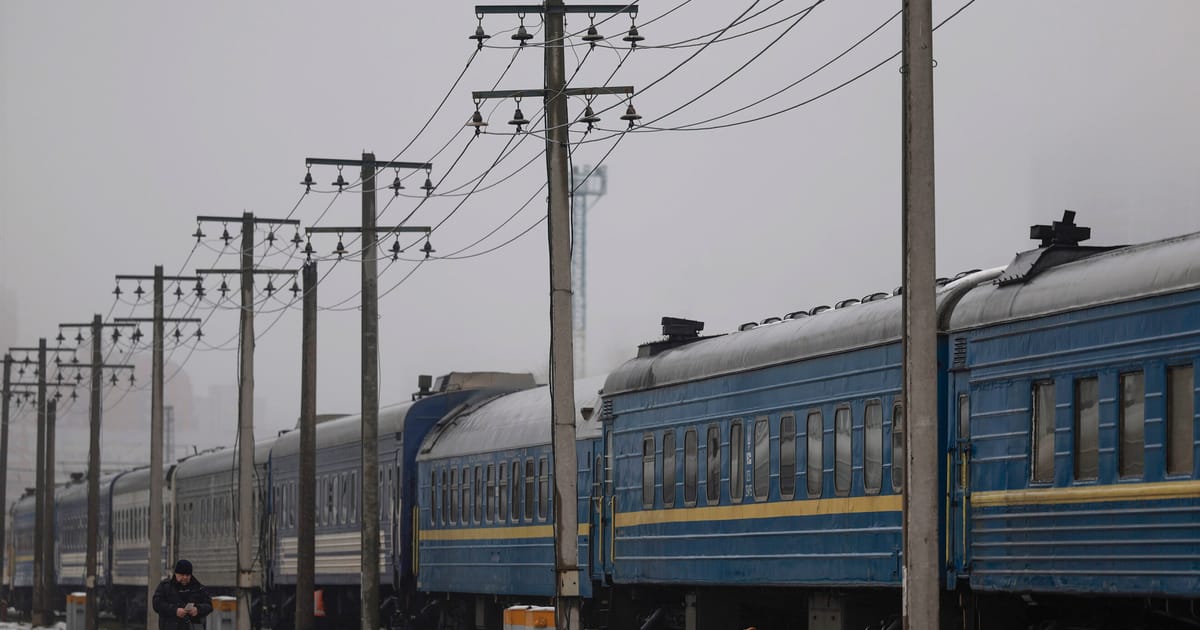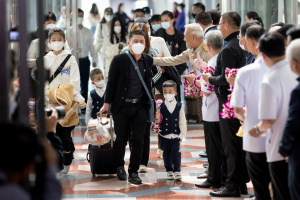It’s hard to imagine what a sustainable future might really look like. In early June, during one of the wettest starts to a summer any of us can remember, we created a climate comic over a 24-hour period to experiment with solutions-focused ideas about creating a sustainable future.
This 24-hour comic concept was invented by US-based cartoonist and comics theorist Scott McCloud as a dare for his friend and fellow comics creator, Steve Bissette. McCloud had observed that Bissette could produce wonderful pieces of art rapidly for fans at comic conventions, yet produced new complete comics slowly. He set a dare to create a complete comic in a single day. They each created one in 1990, giving rise to a new comics phenomenon and 24-hour comics day – held each year on the first Saturday of October.
Together with cartoonist Daniel Locke, who illustrated the final comic, we sketched out the key themes of our climate comic in advance in a series of workshops with sustainability experts, writers, students and artists. We used game design, role play, zine-making (creating a DIY mini magazine) and storytelling exercises to explore visions of a sustainable future.
To avoid dictating how our readers should feel, we shifted from questions like “hope or fear?” to asking: “How can we find others who want to do something? What can we do, and what are we building towards?”
We discovered that building a community and sharing ideas creatively – combined with the shared pressure of an utterly absurd deadline — led to feelings of hope and joy, despite understandable fears for the future.
By the time we began putting pen to paper at 10am at the Phoenix Arts Space in Brighton, we had a world of ideas and a tiny seed of a story. During the first six hours, the studio was abuzz with local people dropping by to share further ideas. Some of the most enriching ideas came from two children, who brought a refreshing weirdness and energy to the sometimes slightly staid topic of sustainability.
As co-creators of this comic with Locke, we chatted to the visitors and tried to fit their all ideas together. It felt a bit like building a picture scavenged from multiple jigsaw puzzles. Meanwhile Locke, who secretly had the ambition of finishing by 1am, was drawing furiously. These first six hours were the most invigorating and inspiring, but as we left the Phoenix, we were looking forward to a much quieter and more focused period of work.
One of us (Chris Sandom) and Locke then got down to researching, writing and drawing in his living room. Time flew by. He hand-drew many beautiful pages before hitting a brick wall. The intensity of drawing was exhausting – the comic was still unfinished, but he had to gamble on a short nap.
Foolishly, I stayed up to work on the script and draw three pages of my own comic. By the time Locke awoke three hours later, I had an even greater appreciation of his skills and effort. And as it turned out, he hadn’t stopped working even in his sleep: he’d dreamed up the ideas we needed for the final chapter.
Between 4am and 10am, we finished the comic – exhausted, but with an enormous sense of achievement.
Writing a book can feel overwhelming – the possibilities are so complex and endless. Similarly, thinking about the future can be scary and overwhelming. But the 24-hour comic shows it doesn’t have to be.
By taking the 24-hour format and adding the challenge of creating a vision for a sustainable and hopeful future, we wanted to generate our personal vision for the Sussex region – quickly. At the same time, this personal mission needed to be connected to our broader community, and our comic is now available for all to see online.
Can comics really help?
Storytelling and art have been proposed as ways of inspiring hope, action and a willingness to embrace change. The genre of “solarpunk” – a subgenre of science fiction focusing on futures that are optimistic but not utopian – has sprung up in recent years. It is, after all, very hard to picture solutions to the big sustainability crises amid so many diverse needs of people and nature.
Most people are worried about the future, with climate change one of the biggest causes of their concern. Creating and communicating visions of hope that inspire action is a critical part of tackling the big environmental crises.
We don’t expect storytelling to solve everything. Even the role of hope within climate communication is complicated: US author Lauren Berlant’s concept of “cruel optimism” explains how some feelings may comfort and sustain us in the short term, but are harmful to us in the longer term.
Nonetheless, stories can be powerful tools for helping people develop models of action. They are fundamental to how we understand and navigate the world – past, present and future. Combined with a 24-hour deadline, anyone can have a go at envisioning a hopeful future.
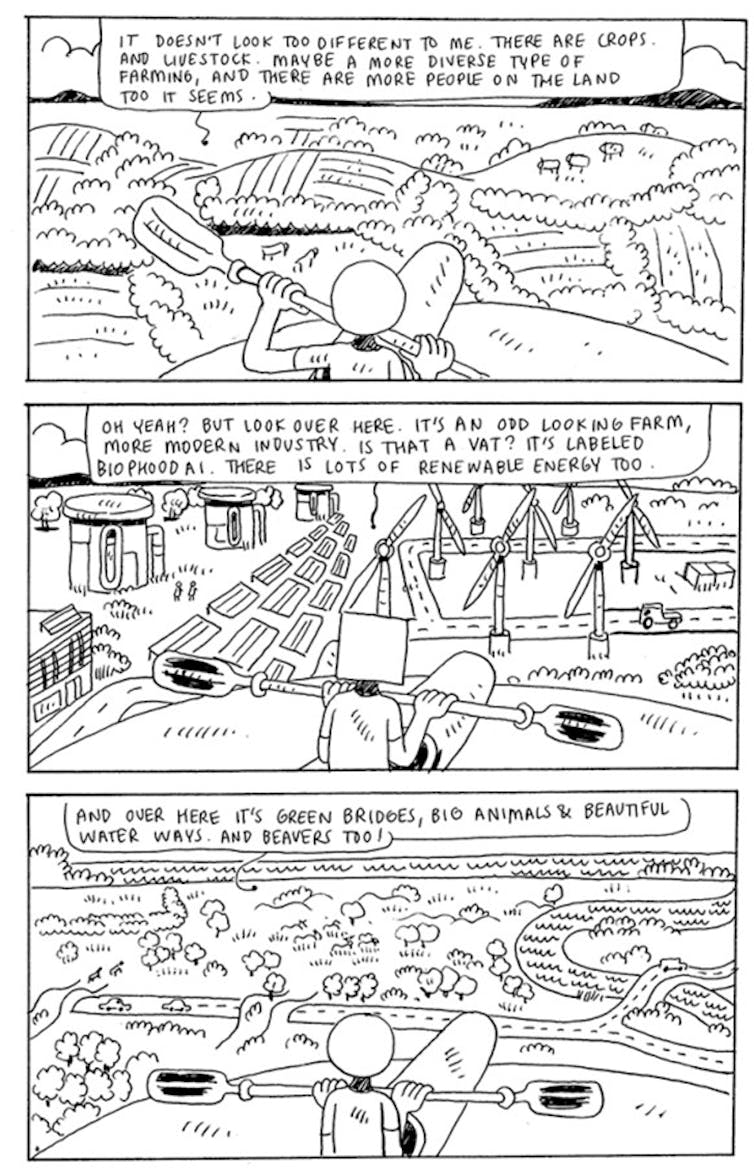

Don’t have time to read about climate change as much as you’d like?
Get a weekly roundup in your inbox instead. Every Wednesday, The Conversation’s environment editor writes Imagine, a short email that goes a little deeper into just one climate issue. Join the 35,000+ readers who’ve subscribed so far.

